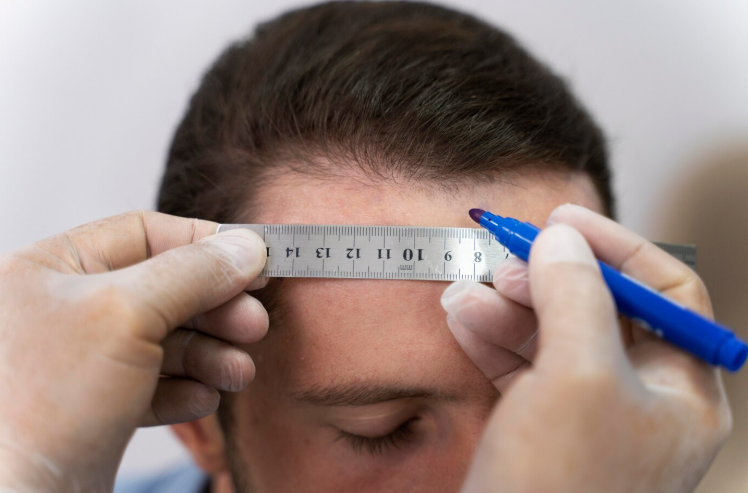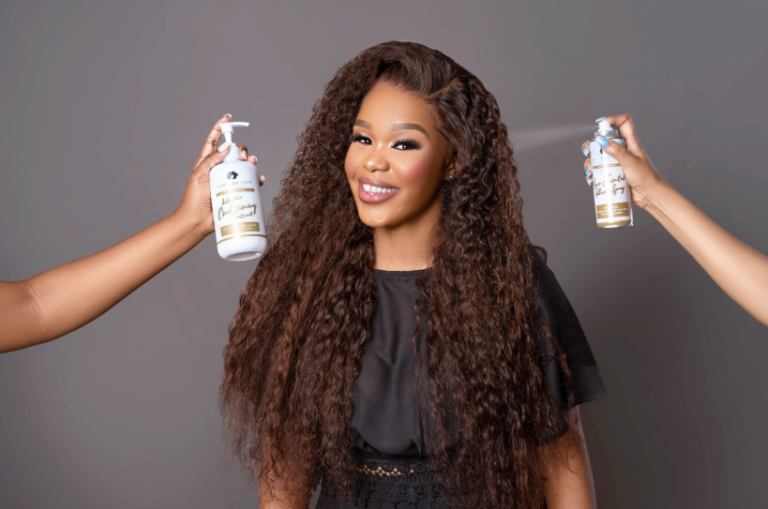What You Need to Consider Before Getting a Hair Transplant
Hair transplants are definitely on the upswing; more and more people are turning to them as a solution for hair loss. The causes of that hair loss? They vary: genetics, medical conditions, or just the unpredictability of life. For many, surgical options like transplants are a way to restore not only hair but also confidence. Still, let’s not sugarcoat it; deciding to get a hair transplant is a significant commitment. It’s not a commodity you want to rush; you need to be strategic to achieve natural, long-term results. Here are five crucial considerations before moving forward:
Understanding Your Hair Loss Pattern
First, you have to pinpoint the cause of your hair loss. Not every type is suitable for surgical intervention. If you have hereditary hair loss, that’s generally the primary group where we see people who can benefit from hair transplant surgery. If your loss is due to circumstances like alopecia areata or some other medical process, surgery might not be wise, and might very well confuse the results. That’s why working with a dermatologist or a trusted practitioner who specializes in hair restoration is essential. They will evaluate the cause, give an idea of whether the hair loss is at a stable level, and guide you on when and how to approach a transplant should you qualify.
Choosing the Right Procedure for You
Hair transplant technology has evolved vastly, offering multiple surgical methods. The two primary styles are Follicular Unit Transplantation (FUT) and Follicular Unit Extraction (FUE). FUT involves removing a strip of crown from the patron area, while FUE extracts individual follicular units. Each system has its pros and cons. FUT may be more cost-effective and suitable for larger grafts, whereas FUE generally offers brisk healing and less visible scarring. Some clinics also offer advanced robotic-assisted options or Direct Hair Implantation (DHI), which may ameliorate perfection and recovery. Understanding the differences and what best suits your pretensions and life is essential for optimal issues.
See also: Unlocking Strategic Growth: How Financial Institutions Are Leveraging AI for Deeper Insights
Evaluating the Reputation of Professionals
The skill and experience of the surgeon performing the transplant have a direct impact on the quality of your results. It’s vital to probe the qualifications, success rates, and portfolios of prospective campaigners. Case witnesses, before-and-after galleries, and independent reviews can give insight into the clinic’s performance. Make sure the clinic is accredited, the staff are trained in current ways, and consultations are thorough. In countries like Australia, estimable hair transplant providers abound in all larger cities. Many patients choose to get hair implants in Sydney, where experienced professionals and modern facilities are more readily available. This is a great option for ensuring high expert proficiency, along with reliable, long-lasting results.
Setting Realistic Expectations
While hair transplants can produce emotional results, they aren’t a phenomenal cure. Your final outcome will depend on factors like the donor hair quality, the progression of your hair loss, and the surgical fashion used. Some individuals may need multiple sessions to achieve their desired look. Full regrowth doesn’t happen overnight; original shedding is common, and visible results generally crop over 6 to 12 months. Managing prospects helps avoid disappointment and promotes satisfaction with gradual advancements. Surgeons should give clear explanations about what’s attainable in your case, including hairline design, viscosity, and content limits.
Financial and Long-Term Commitments
Cost is a significant factor when planning a hair transplant. Prices vary extensively based on position, fashion, and clinic character. In Australia, procedures can range from$ 5,000 to over$ 15,000. It’s important to avoid grounding your decision on cost alone; concluding for a lower price may come at the expense of quality. Besides the upfront expenditure, clients should factor in follow-up movables, aftercare products, and possible touch-ups in the future. Long-term success also depends on conservation, which could include specifics like minoxidil or finasteride to save non-transplanted hair. Being prepared for both the fiscal and ongoing care aspects ensures a smoother experience.
A hair transplant can improve your physical appearance and self-confidence, but it should be carefully considered. By doing your diligence and making informed decisions, you will be in a better mindset for success in your hair restoration journey. Taking the time now to ask the right questions will lead to further natural issues and peace of mind later.






